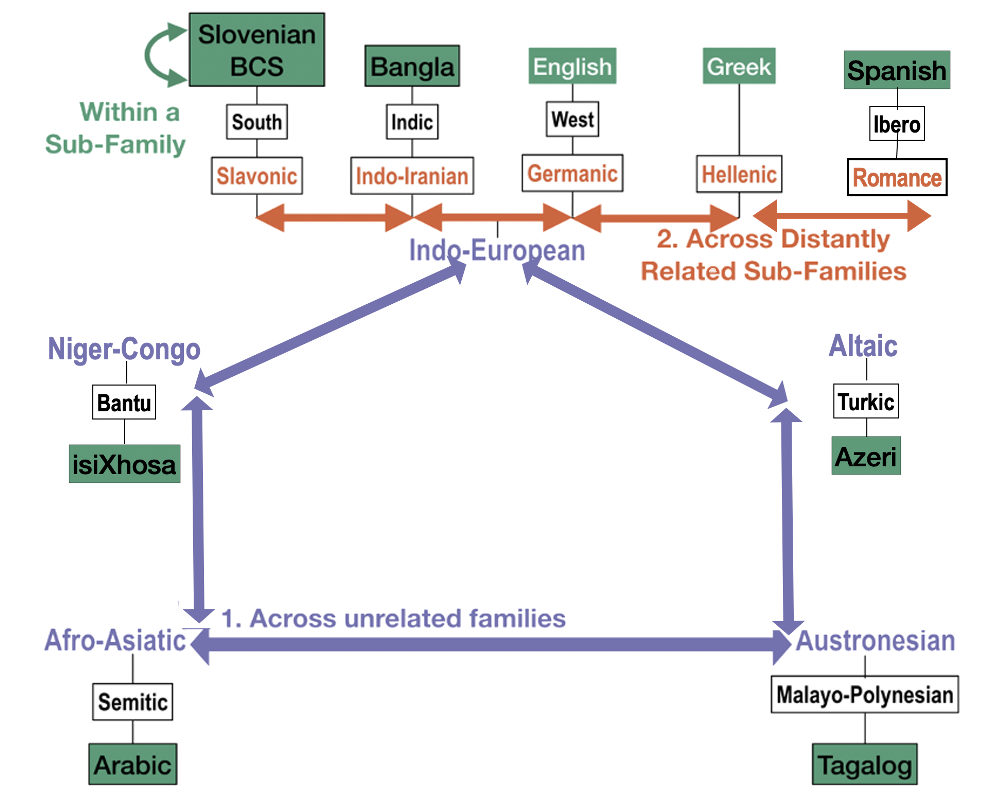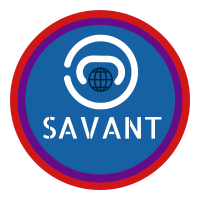The ESRC funded SAVANT project (Systematicity and Variation In Word Structure Processing Across Languages: A Neuro-Typology Approach) is a program of Neuro-Typology, which combines the extremely high temporal resolution of Magnetoencephalography (MEG) and Electroencephalography (EEG) with the simplicity and practicality of a single word reading paradigm implemented systematically across a typologically diverse and understudied set of languages.
In our previous work on English and Greek, we have uncovered systematic behavioural and neural differences between morphosyntactic processing and morphosemantic processing, that seem very similar to behavioural and neural differences associated with syntactic structure building and semantic interpretation at the sentence level. With SAVANT, we extend this research to additional languages, most of which are extremely under-studied from a neurolinguistic perspective.
You can read more about our research and results in each of our language pages here: Arabic, Azeri, Bangla, isiXhosa, Spanish, South Slavic, and Tagalog.

Careful comparison within and between languages in our sample addresses two key questions:
Q1: to what extent do all languages engage the same neural resources, at the same time, and in the same sequence, to detect and interpret complex words?
Q2: how do systematic differences between languages modulate this shared processing stream?
The project proposal is available to read at https://osf.io/feh9r/
This project runs from March 1st 2021 to August 31st 2024.
